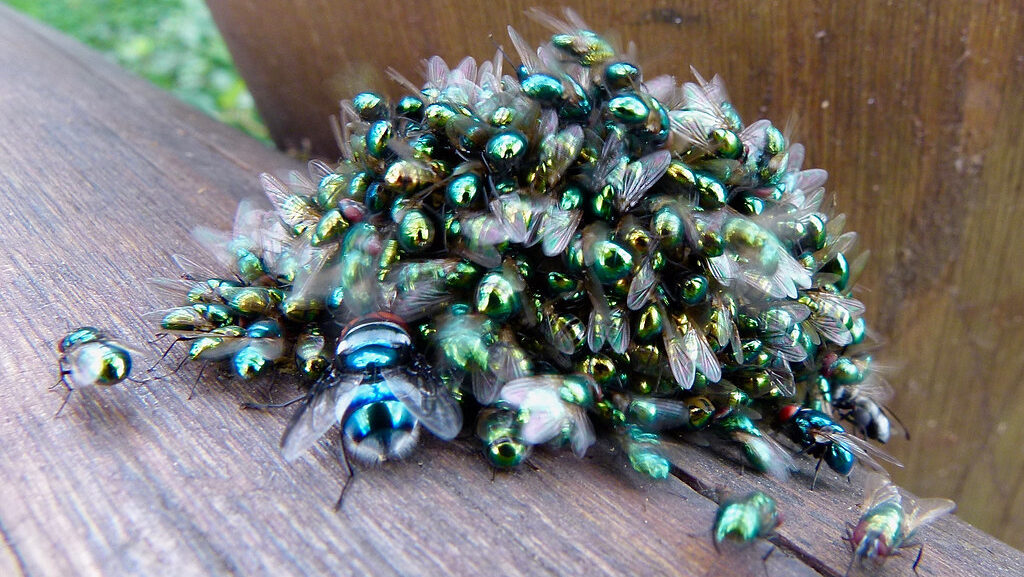Death, while the end of one journey, marks the beginning of another – the process of decomposition. This natural recycling system transforms organic matter back into soil nutrients, and insects play crucial roles in this ecological process. Like a well-orchestrated symphony, different insects arrive at specific stages of decomposition, each with unique roles and adaptations. They help break down tissue, recycle nutrients, and sometimes even aid in forensic investigations. This article explores the fascinating world of decomposition and the insects that make this vital process possible, examining how this intricate dance of decay unfolds and the specific creatures that participate at each stage.
The Science of Decomposition
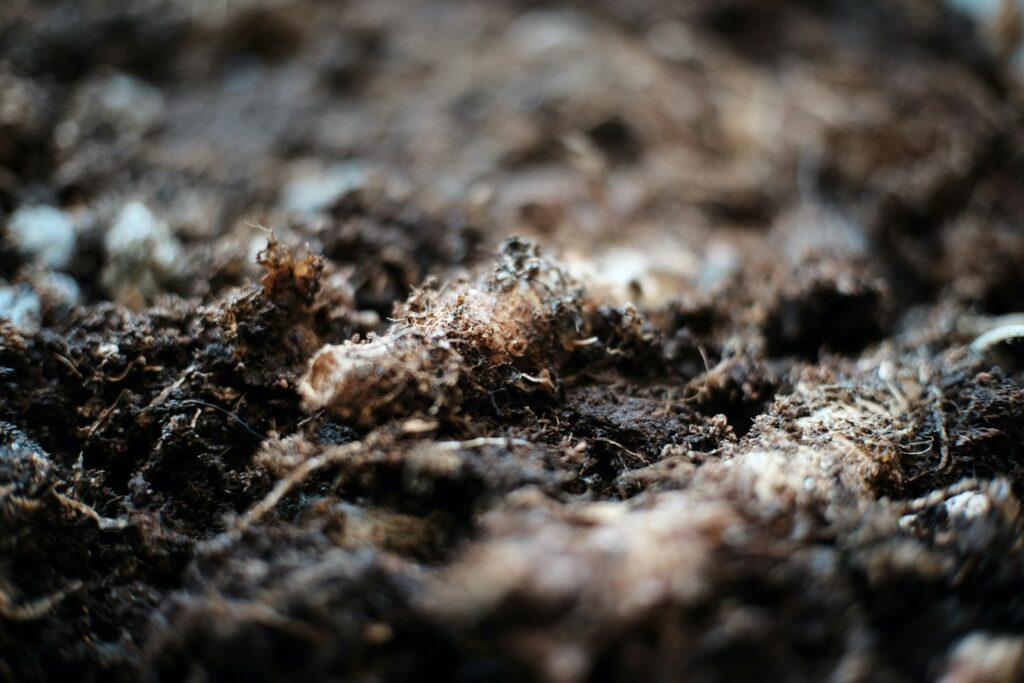
Decomposition is the process by which organic substances are broken down into simpler forms of matter, releasing energy and nutrients back into the ecosystem. This natural recycling system involves physical, chemical, and biological processes working in concert. The decomposition timeline varies significantly depending on environmental factors such as temperature, humidity, accessibility to insects, and whether the remains are buried or exposed. Scientists typically divide decomposition into five main stages: fresh, bloat, active decay, advanced decay, and dry/remains. Each stage presents a different microenvironment with specific chemical compositions, temperatures, and moisture levels that attract distinct insect species uniquely adapted to these conditions.
Forensic Entomology: When Bugs Become Evidence

Forensic entomology is the scientific study of insects and other arthropods in criminal investigations, particularly in determining the time since death, or postmortem interval (PMI). Since different insects arrive at predictable times after death, forensic entomologists can analyze the types and developmental stages of insects present on a body to establish a timeline. This science relies on understanding the succession pattern of insect colonization, as well as factors that might accelerate or delay this process, such as weather conditions or body location. In murder investigations, insect evidence has sometimes provided crucial timeline information when other methods proved insufficient, making these tiny creatures valuable witnesses in criminal cases. Additionally, insects found on remains can sometimes indicate if a body has been moved from its original location or whether drugs were present in the deceased’s system.
The Fresh Stage: First Responders to Death
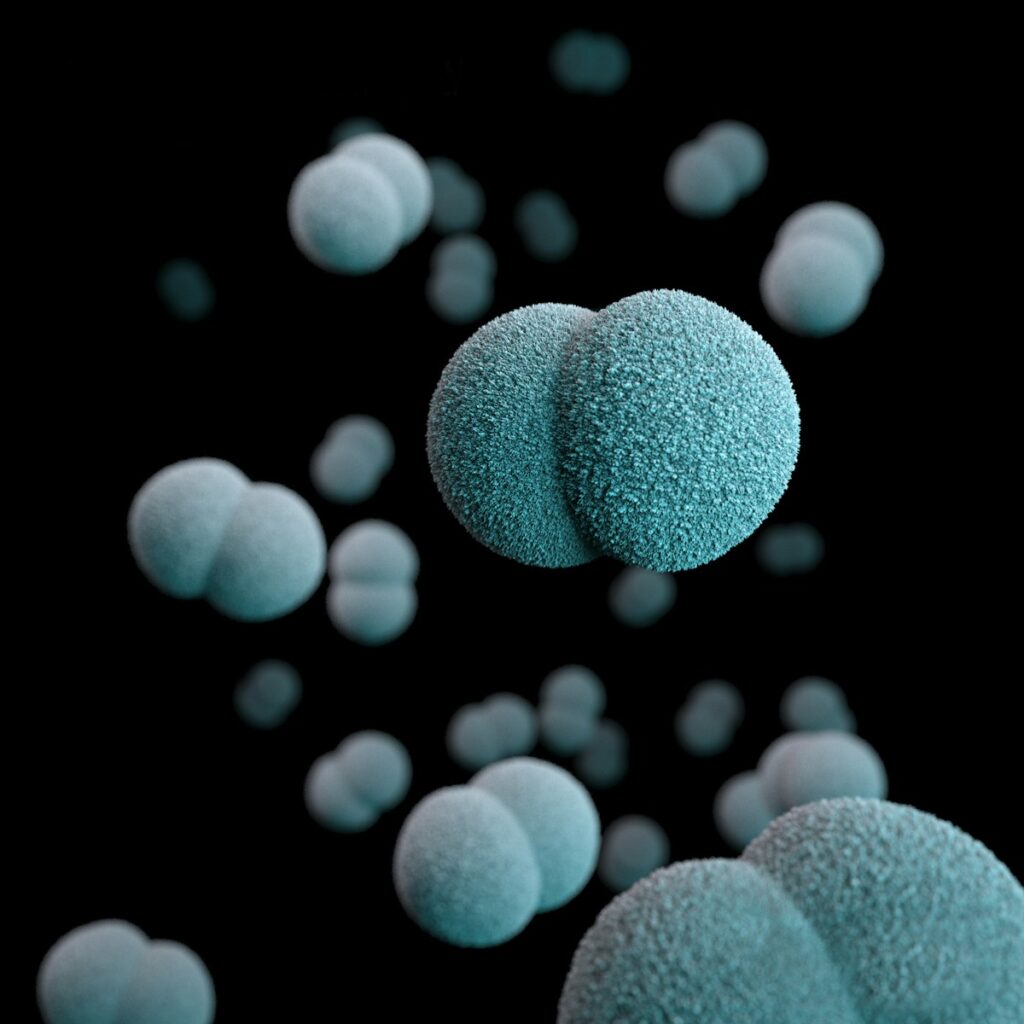
The fresh stage begins immediately after death and lasts until bloating becomes visible, typically spanning the first 24-72 hours after death. During this period, cellular breakdown begins through autolysis (self-digestion by cellular enzymes) and bacteria from the intestines start spreading throughout the body. The first insects to detect and respond to death are typically blowflies (Calliphoridae) and flesh flies (Sarcophagidae), which can locate a body within minutes using highly sensitive olfactory receptors that detect the gases released during early decomposition. These flies are particularly attracted to natural body openings and wounds, where they deposit their eggs in moist areas that will provide nutrition for their offspring. Adult flies feed on body fluids while preparing to lay hundreds of eggs that will soon hatch into the larvae that accelerate decomposition.
Blowflies: Masters of Detection
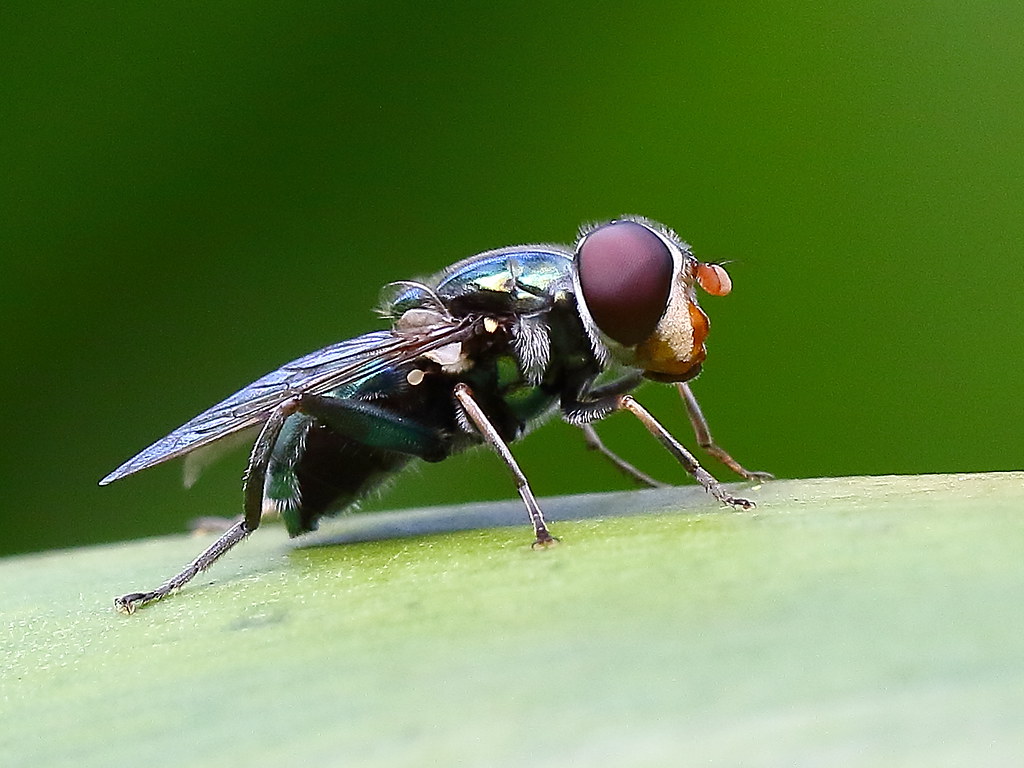
Blowflies represent one of nature’s most efficient decomposition specialists, playing a pivotal role in the recycling of organic matter. These metallic blue or green flies possess an extraordinary ability to detect the scent of death from up to several miles away, making them typically the first insects to arrive at a fresh corpse. Female blowflies can lay up to 300 eggs at a time, typically placing them in natural body openings or wounds where the hatching larvae will have immediate access to food. The species most commonly associated with decomposition include the green bottle fly (Lucilia sericata) and the blue bottle fly (Calliphora vomitoria), each with slightly different preferences for temperature and environment. The precise timing of blowfly arrival and development has become so well-documented that forensic entomologists can use their presence to establish a remarkably accurate postmortem interval.
The Bloat Stage: Anaerobic Putrefaction
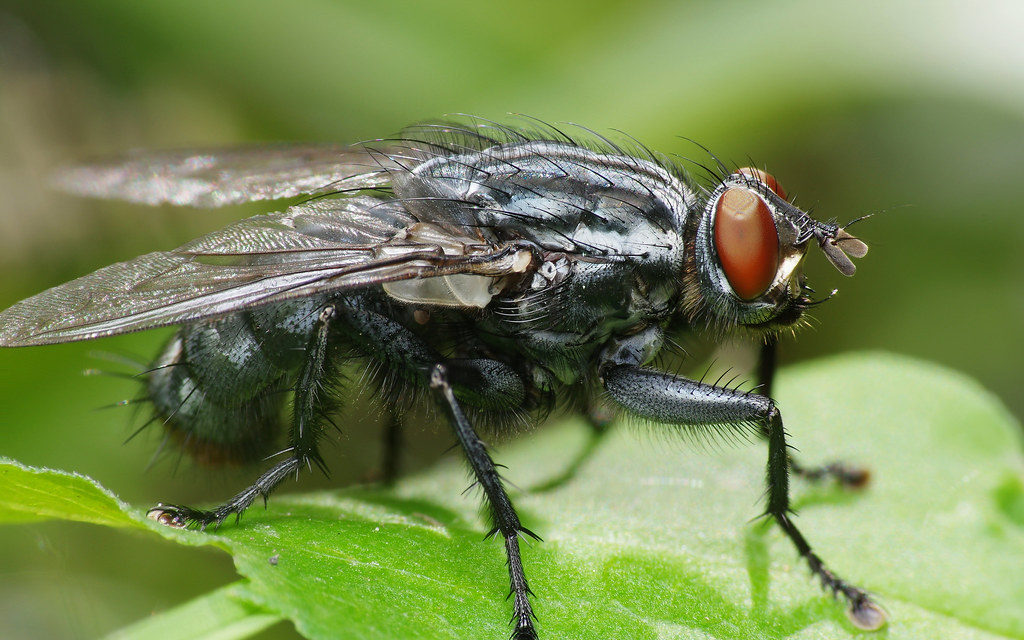
The bloat stage typically begins 2-6 days after death and is characterized by visible swelling of the body as gases build up from bacterial activity in the intestines and other organs. This stage creates a distinctive microenvironment that attracts a second wave of insect colonizers while the first wave continues its development. As internal pressure increases, fluids are forced from natural body openings, creating new points of entry for insects and releasing stronger odors that attract additional species. During this phase, blowfly eggs hatch into first-stage larvae (maggots) that begin feeding voraciously on the tissues, while additional species like cheese flies (Piophilidae) and flesh flies may join the succession. The internal body temperature often rises during this stage due to both bacterial activity and the metabolic heat generated by thousands of feeding maggots, creating what entomologists call a “maggot mass.”
Maggot Mass: The Collective Feeding Frenzy
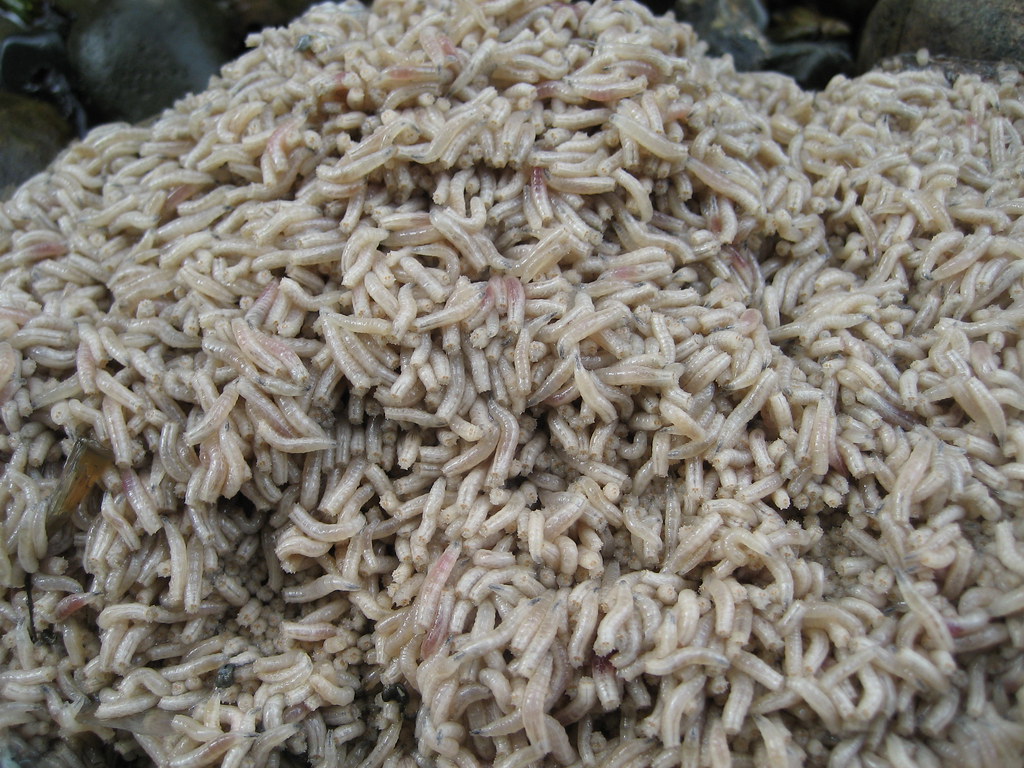
One of the most remarkable phenomena during decomposition is the formation of a maggot mass – a writhing collection of thousands or even millions of fly larvae feeding together. These masses are most prominent during the bloat and active decay stages, creating a striking visual and olfactory display of nature’s recycling process. Within these masses, temperatures can rise significantly above ambient conditions – sometimes by 10-20°C (18-36°F) – due to the collective metabolic activity of the larvae, which accelerates their development and the decomposition process. The heat generated by a maggot mass creates a self-regulating microclimate that can even melt bodily fats and create visible depressions or “feeding pools” in the remains. Researchers studying these masses have observed that larvae demonstrate complex behaviors, including synchronized feeding patterns and movements that maximize their collective efficiency.
Active Decay: The Consumption Phase
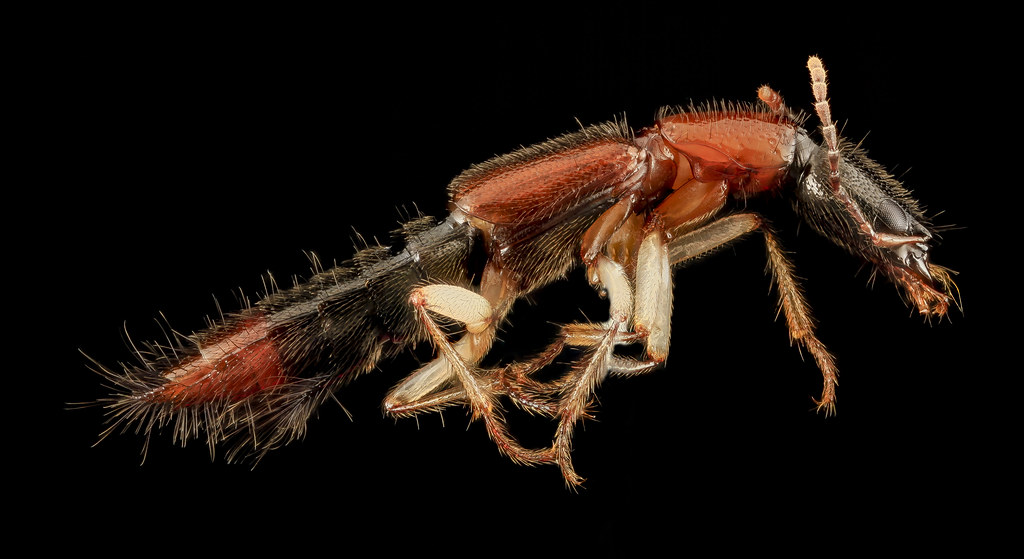
The active decay stage represents the period of most rapid tissue breakdown and typically occurs between days 5-13 post-mortem, though this varies with environmental conditions. During this phase, the skin ruptures from internal gas pressure, releasing fluids into the surrounding environment and creating a strong odor that attracts additional insect species. This stage is characterized by intense feeding activity from maggots, which have now grown larger and more voracious, consuming tissue at an accelerated rate. Predatory insects like beetles from families Staphylinidae (rove beetles) and Histeridae (clown beetles) arrive to feed on the abundant fly larvae, adding another trophic level to the decomposition ecosystem. The breakdown of proteins and fats during active decay produces particularly pungent compounds like putrescine and cadaverine, which can attract insects from considerable distances and help guide them to specific areas of the remains.
Beetles: The Second Wave of Decomposers
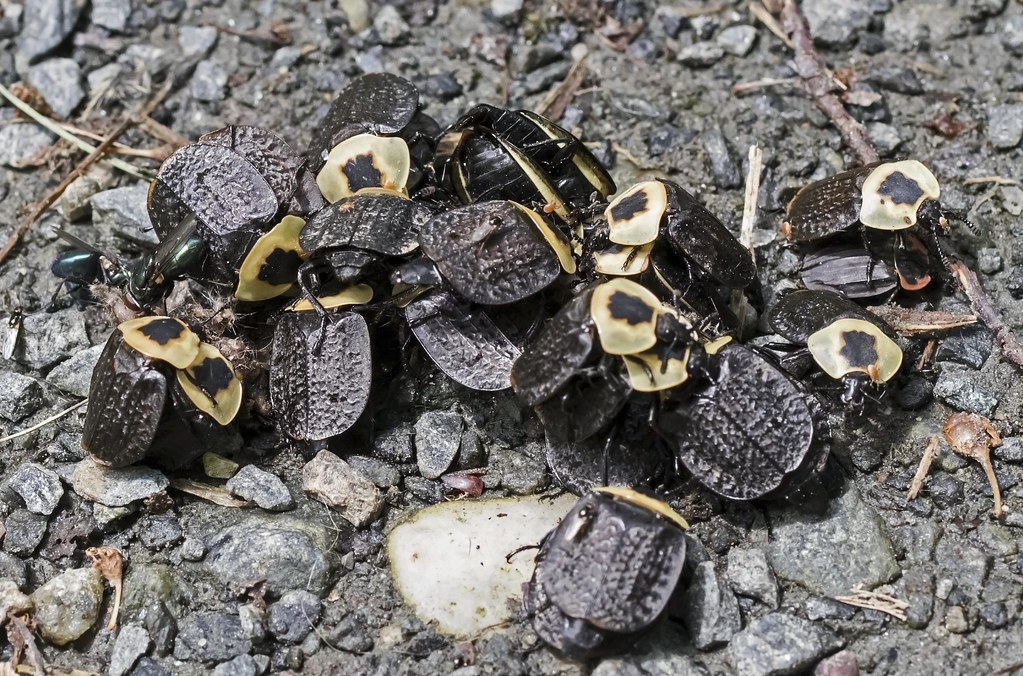
As decomposition progresses beyond the initial stages, beetles arrive as the second major wave of insect decomposers, with different families specializing in various aspects of the process. Carrion beetles (Silphidae) are typically among the first beetles to arrive, with some species feeding directly on decomposing tissue while others prey on fly larvae, showcasing the complex food web that develops on remains. Hide beetles (Dermestidae) and their larvae specialize in consuming dried skin, tendons, and hair during later decay stages, resources that many other insects cannot digest effectively. Rove beetles (Staphylinidae) and clown beetles (Histeridae) are primarily predatory, feeding on fly eggs and larvae rather than on the remains themselves, thus regulating fly populations and indirectly affecting decomposition rates. The presence of specific beetle species and their life stages can provide forensic entomologists with valuable information about the progress of decomposition and the postmortem interval, especially in cases where fly evidence may be limited.
Advanced Decay: The Cheese Skipper Phase
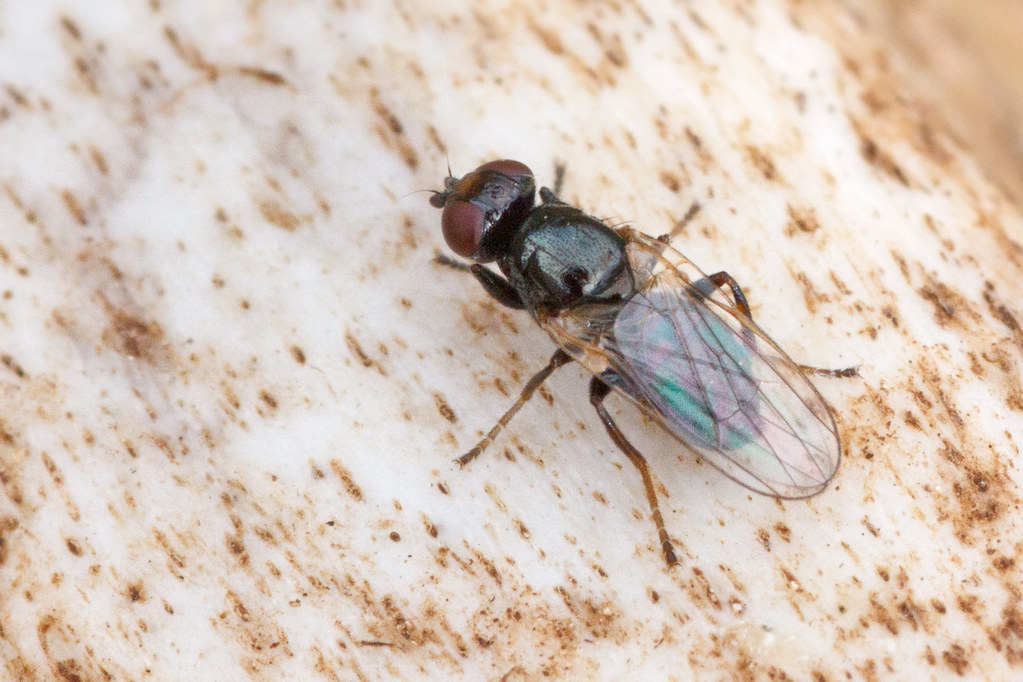
Advanced decay typically begins around 10-25 days after death, characterized by the removal of most readily available soft tissues and the beginning of the drying process. During this stage, most of the initial wave of blowfly larvae have completed feeding and left the remains to pupate in the surrounding soil, creating a shift in the insect community. Cheese skippers (Piophilidae), particularly Piophila casei, become more prominent during this phase, with their larvae specializing in feeding on the fermented proteins and fats that remain after initial decomposition. These small flies earned their common name from the remarkable behavior of their larvae, which can flex and release their bodies to jump or “skip” several inches into the air when disturbed, a mechanism believed to help them escape predators. The presence of cheese skippers often indicates decomposition has progressed beyond two weeks, making them valuable timeline indicators in forensic investigations.
Dry Decay: The Final Insect Colonizers
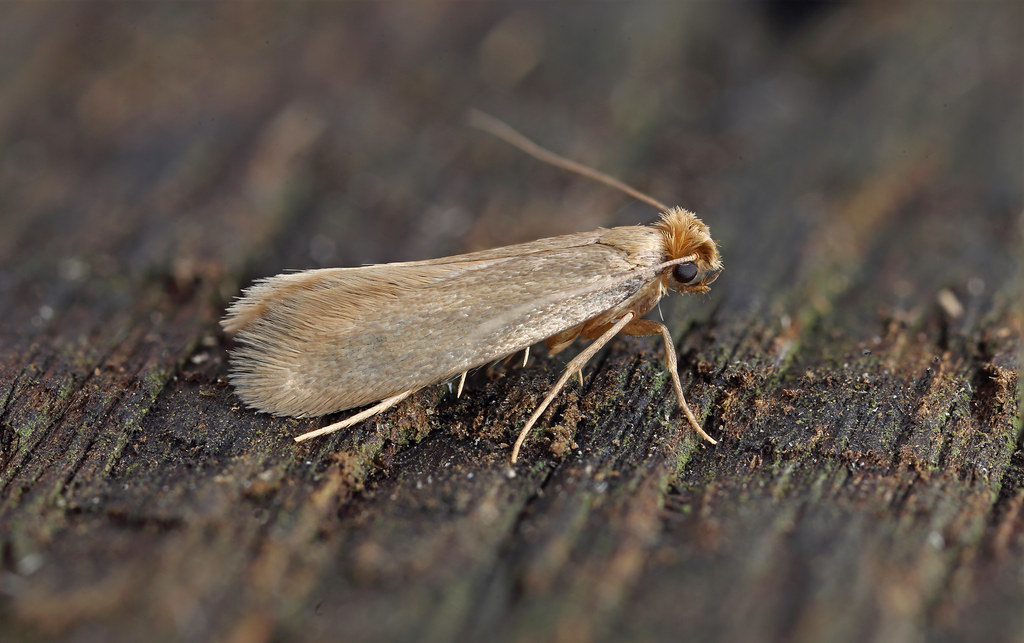
The dry decay or skeletal stage begins when most soft tissues have been removed, leaving primarily skin, cartilage, hair, bones, and dried tissue remnants. This phase can begin anywhere from 25 days to several months after death, depending on environmental conditions and insect access. During this stage, specialized insects that can digest keratin, collagen, and other durable proteins become predominant, including moths from the family Tineidae (clothes moths) and beetles from families Dermestidae (hide beetles) and Cleridae (checkered beetles). These insects possess specialized enzymes that allow them to break down materials that resist earlier decomposition stages, completing the recycling process. The presence of these specialized feeders signifies the final phases of the decomposition process and can persist for months or even years until all available organic material has been consumed.
Dermestid Beetles: Nature’s Skeleton Preparators

Dermestid beetles, particularly from the genus Dermestes, represent nature’s ultimate cleaning specialists, arriving during advanced and dry decay stages to consume materials that other insects cannot digest. These beetles possess specialized enzymes that enable them to break down keratin, the protein found in hair, feathers, and fingernails, as well as dried skin and tendons that remain after earlier decomposition stages. Their efficiency at cleaning skeletons is so remarkable that museums and taxidermists often maintain colonies of these beetles to prepare skeletal specimens, a practice that produces cleaner results than chemical methods. The larvae of dermestid beetles, covered in distinctive tufts of hair, do most of the feeding and can reduce remains to clean bones in remarkably short periods when present in sufficient numbers. In forensic contexts, the presence of dermestid beetles and their developmental stages can help establish longer postmortem intervals when other insect evidence has disappeared.
Environmental Factors Affecting Insect Succession

The pattern of insect succession on decomposing remains is not fixed but varies considerably based on environmental conditions that can accelerate, delay, or even prevent certain insects from participating in the process. Temperature stands as perhaps the most influential factor, with warmer conditions generally accelerating both insect activity and decomposition rates, while cold temperatures can preserve remains by inhibiting both bacterial action and insect development. Geographic location significantly impacts which species are available to colonize remains, with different regions hosting distinct insect communities that result in regional variations in the succession pattern. Accessibility factors such as burial, submersion in water, wrapping in materials, or placement in containers can delay or prevent insect colonization, creating distinctive patterns that forensic entomologists can interpret. Additionally, the presence of chemicals such as drugs, toxins, or even the deceased’s medications can affect insect development rates and potentially alter the succession pattern, creating additional variables that forensic entomologists must consider.
Unusual Decomposition Scenarios
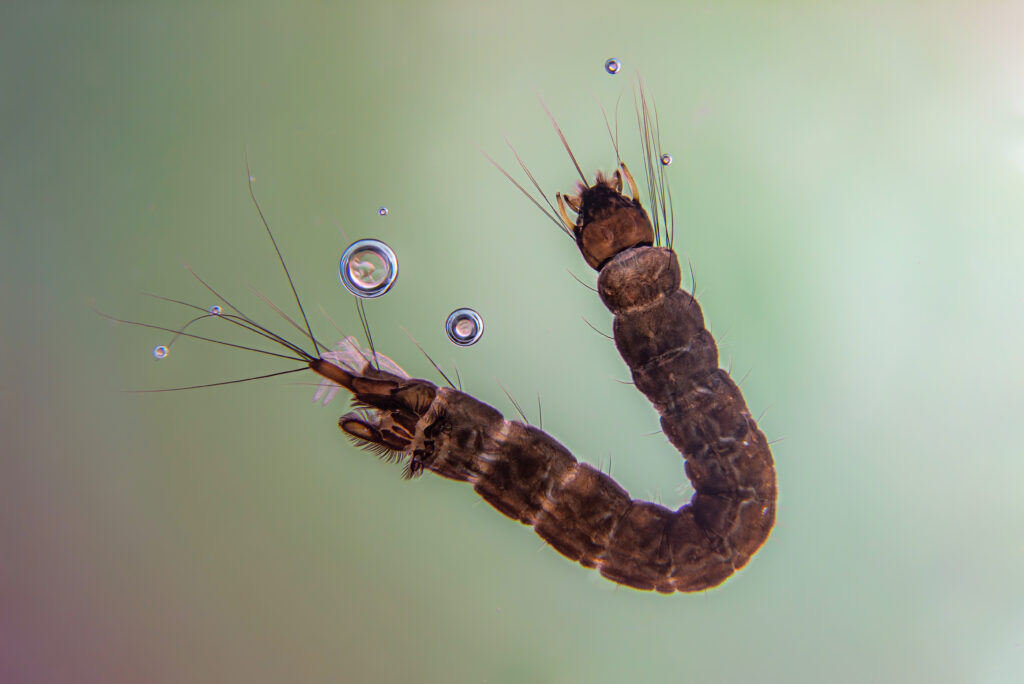
While the standard pattern of insect succession is well-documented, certain circumstances create unique variations that challenge our understanding of decomposition ecology. Aquatic environments dramatically alter the decomposition process and insect succession, with specialized aquatic insects replacing the terrestrial species typically associated with decomposition. In these environments, caddisflies, certain midge species, and aquatic beetles may become the primary invertebrate decomposers. Extremely arid environments can lead to natural mummification, where remains dry too quickly for the typical succession pattern to occur, often resulting in limited fly colonization and an increased role for beetles specialized in consuming dried tissues. At high altitudes or in extremely cold climates, freezing can preserve remains and significantly delay insect colonization, sometimes creating situations where remains discovered years later may undergo a compressed version of the typical succession once thawed. These unusual scenarios continue to provide research opportunities for forensic entomologists seeking to document insect succession patterns across all possible conditions.
The Ecological Importance of Decomposer Insects

Beyond their forensic applications, decomposer insects serve critical ecological functions that maintain healthy ecosystem processes. By breaking down dead organic matter, these insects accelerate the return of essential nutrients to the soil, completing a vital link in ecosystem nutrient cycling that supports plant growth and overall ecosystem productivity. Decomposer insects serve as important food sources for numerous predators, including birds, mammals, reptiles, amphibians, and other insects, creating complex food webs that extend the ecological impact of a single decomposing organism across multiple trophic levels. The tunneling activities of many decomposer insects, particularly beetles, help aerate soil and incorporate organic material deeper into the ground, improving soil structure and health in ways similar to earthworms. Additionally, by quickly removing carrion, decomposer insects help limit the spread of potential pathogens that might otherwise persist in the environment, providing a natural sanitation service that benefits wildlife and human populations alike.
Conclusion
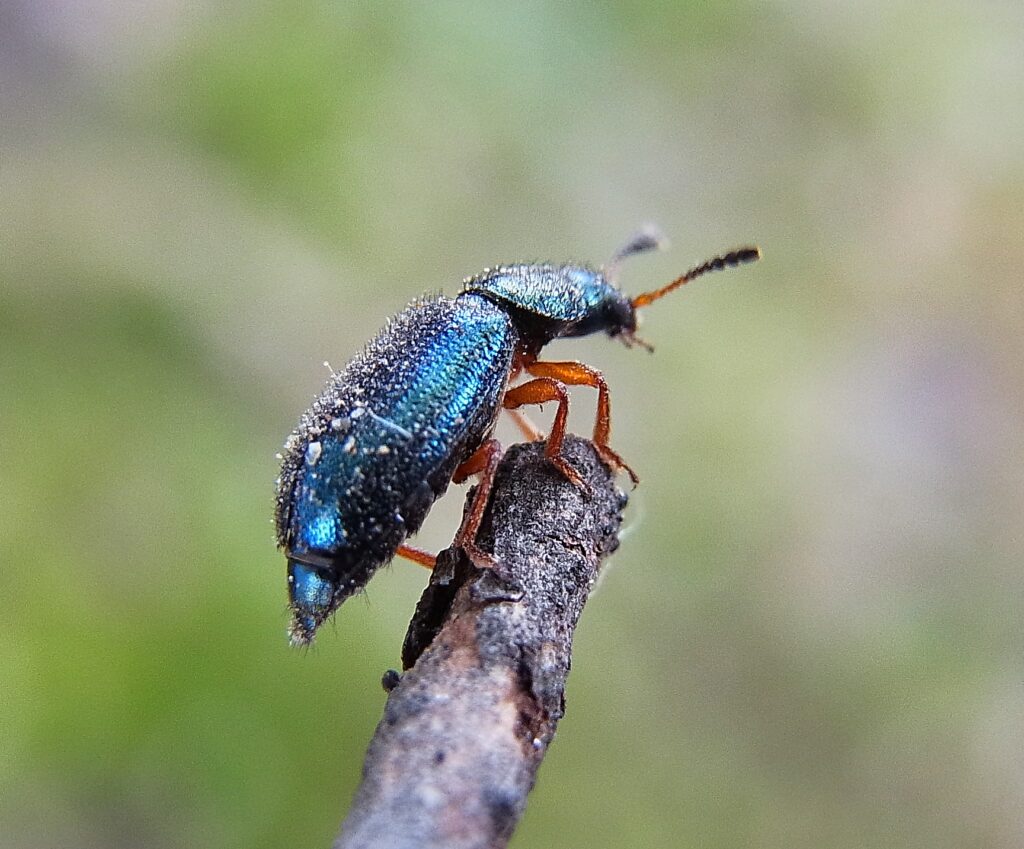
Death is not merely an end but a transformation – a process where countless organisms participate in nature’s recycling program. The insects that arrive at each stage of decomposition represent one of nature’s most efficient and specialized cleanup crews, turning death into new life. From the first blowflies detecting the earliest chemical signals of death to the dermestid beetles that polish bones clean, each species plays a precisely timed role in this remarkable ecological process. Beyond their practical applications in forensic science, these insects remind us of the intricate connections that bind all living things in cycles of renewal. Understanding decomposition and its insect participants offers not just scientific knowledge but a deeper appreciation for the elegant systems that maintain life’s continuous cycle on our planet.

